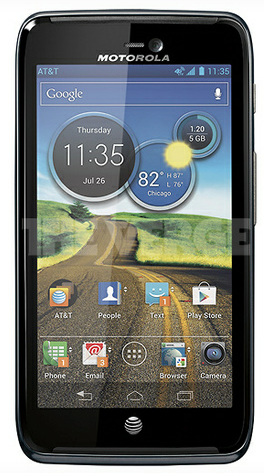Apple and Google agree to settle patent litigation, but will not cross license

According to a court filing discovered by Reuters, Apple and Google’s Motorola Mobility unit have agreed to settle their ongoing smartphone patent litigation battle against each other. In a statement, the two companies said that this agreement does not include the ability cross license each other’s patents, but rather the promise to “work together in some areas of patent reform.”
The two tech giants have been battling it out over various patents for several years now, both directly and indirectly. It’s important to note, however, that this agreement is solely between Apple, Google, and its Motorola Mobility unit. This does not apply to any lawsuits between Android device manufacturers, such as Samsung and HTC, and Apple. Although theoretically, it would apply to patents owned by Google that device manufacturers are licensing.
A verdict was reached in the latest Apple v Samsung battle just a few weeks ago, with Apple being ruled as the victor, albeit small. The court ruled that Samsung owed Apple $119 million, which is far less than the $2 billion it was seeking.


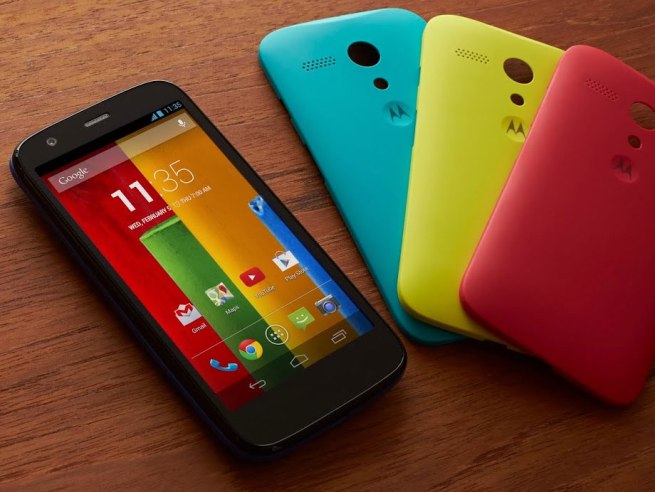
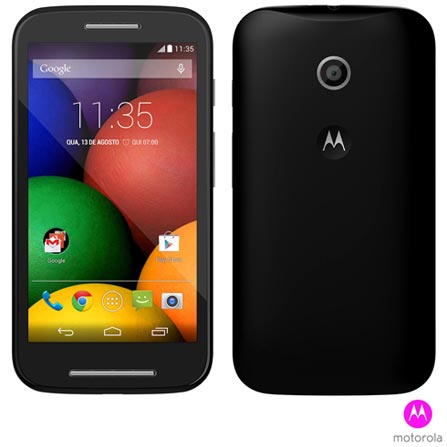
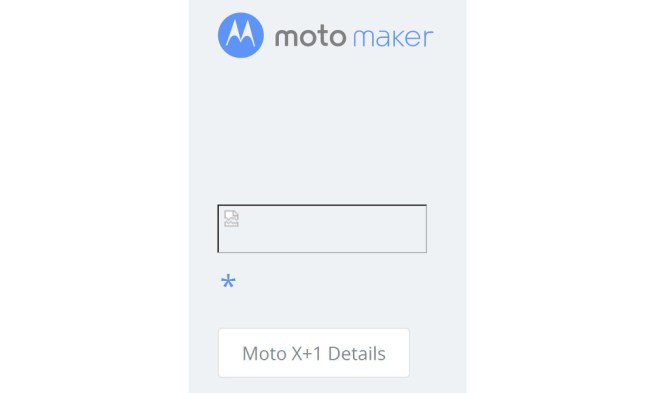
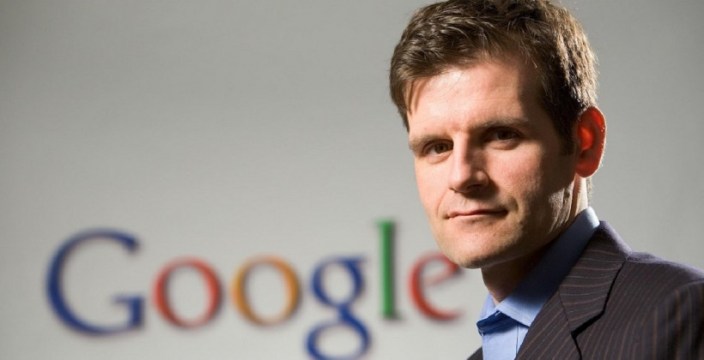
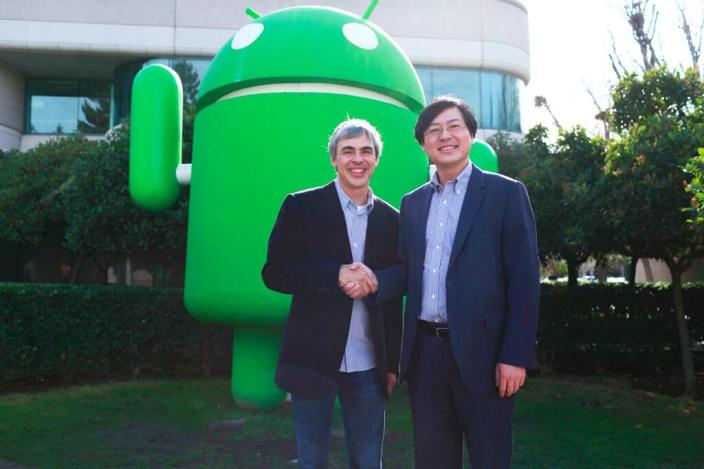
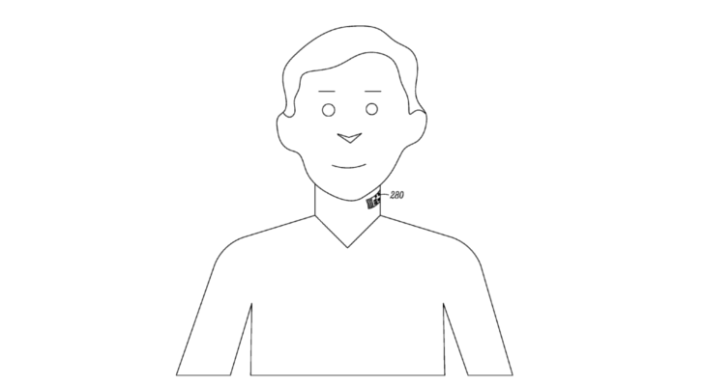



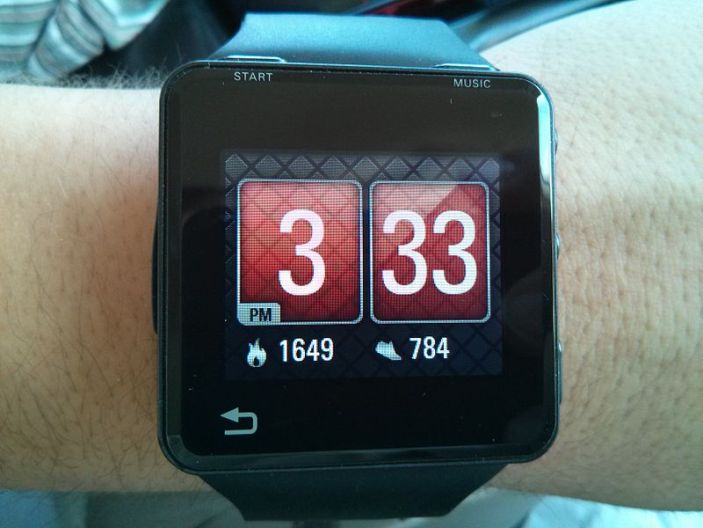



 We heard in October that Google had plans
We heard in October that Google had plans 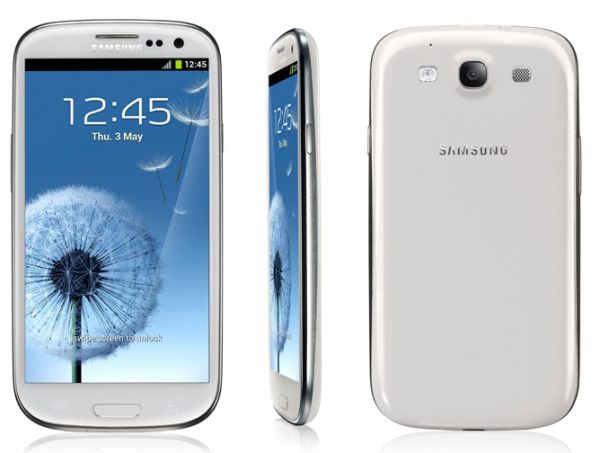 While Google might be happy with the mobile ad revenue Samsung brings in shipping roughly 40 percent of the devices running Android,
While Google might be happy with the mobile ad revenue Samsung brings in shipping roughly 40 percent of the devices running Android, 
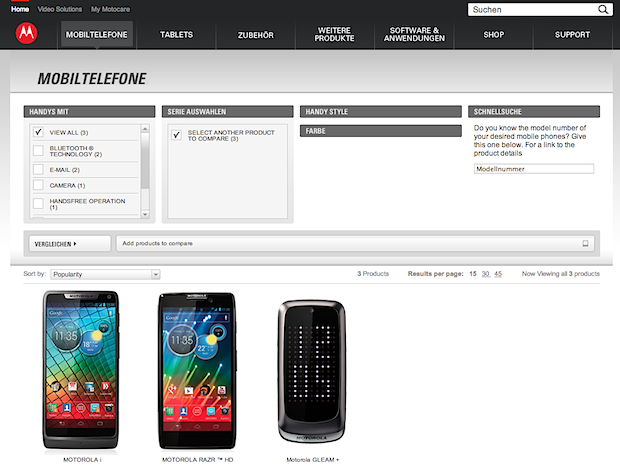

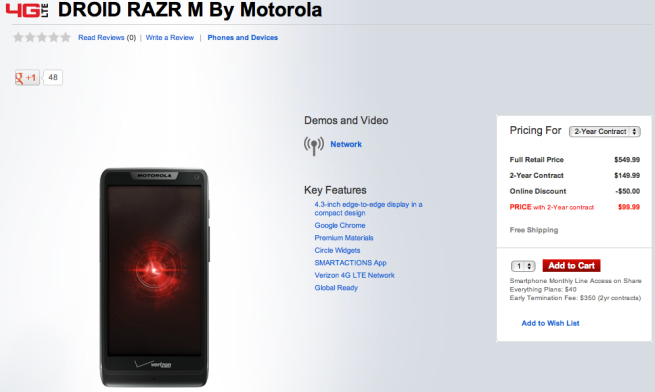
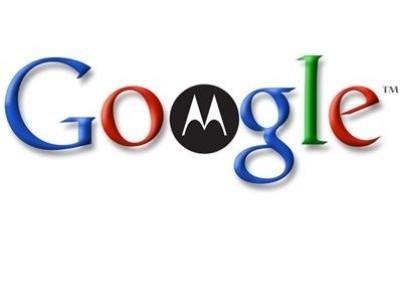
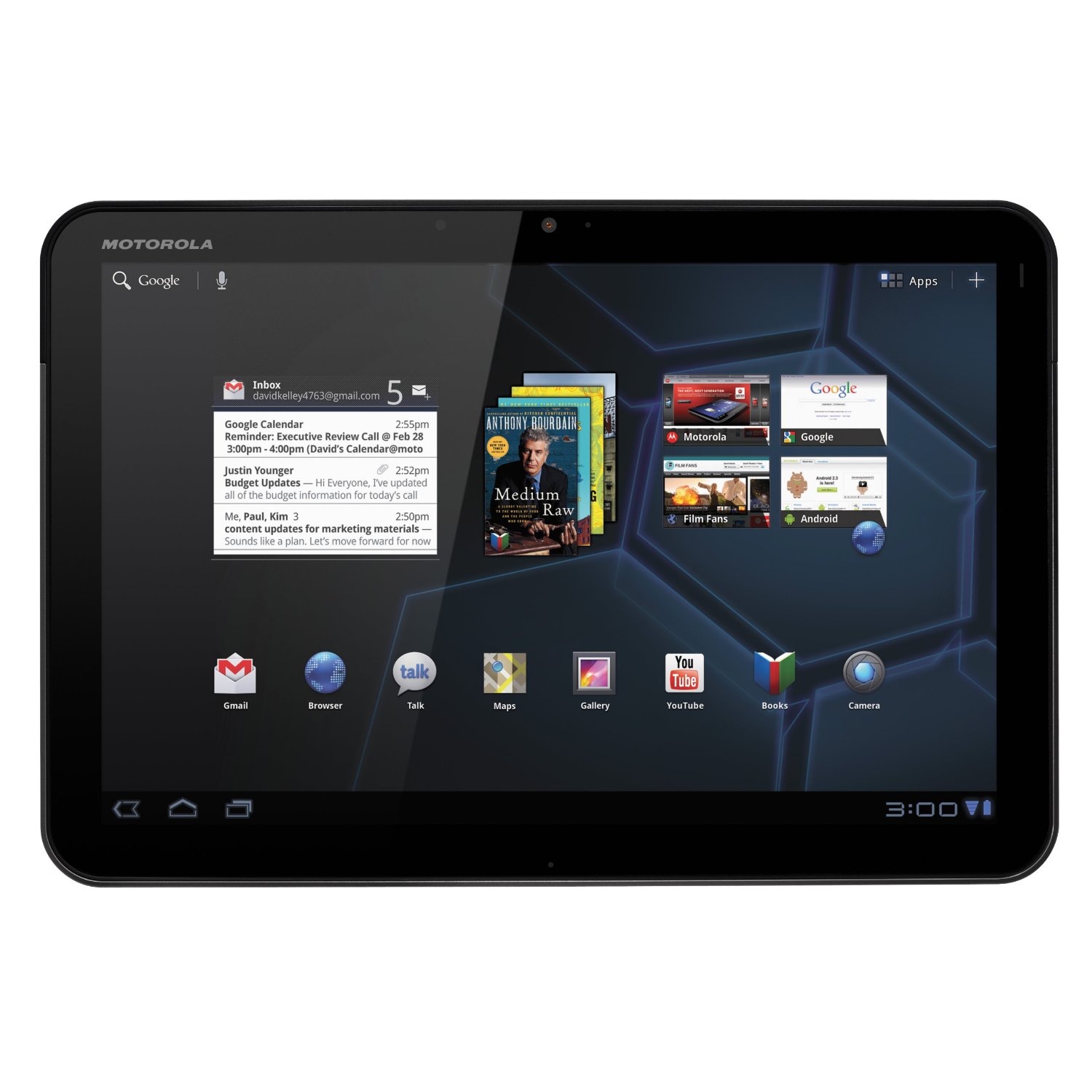 As noted
As noted 